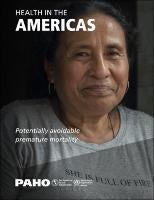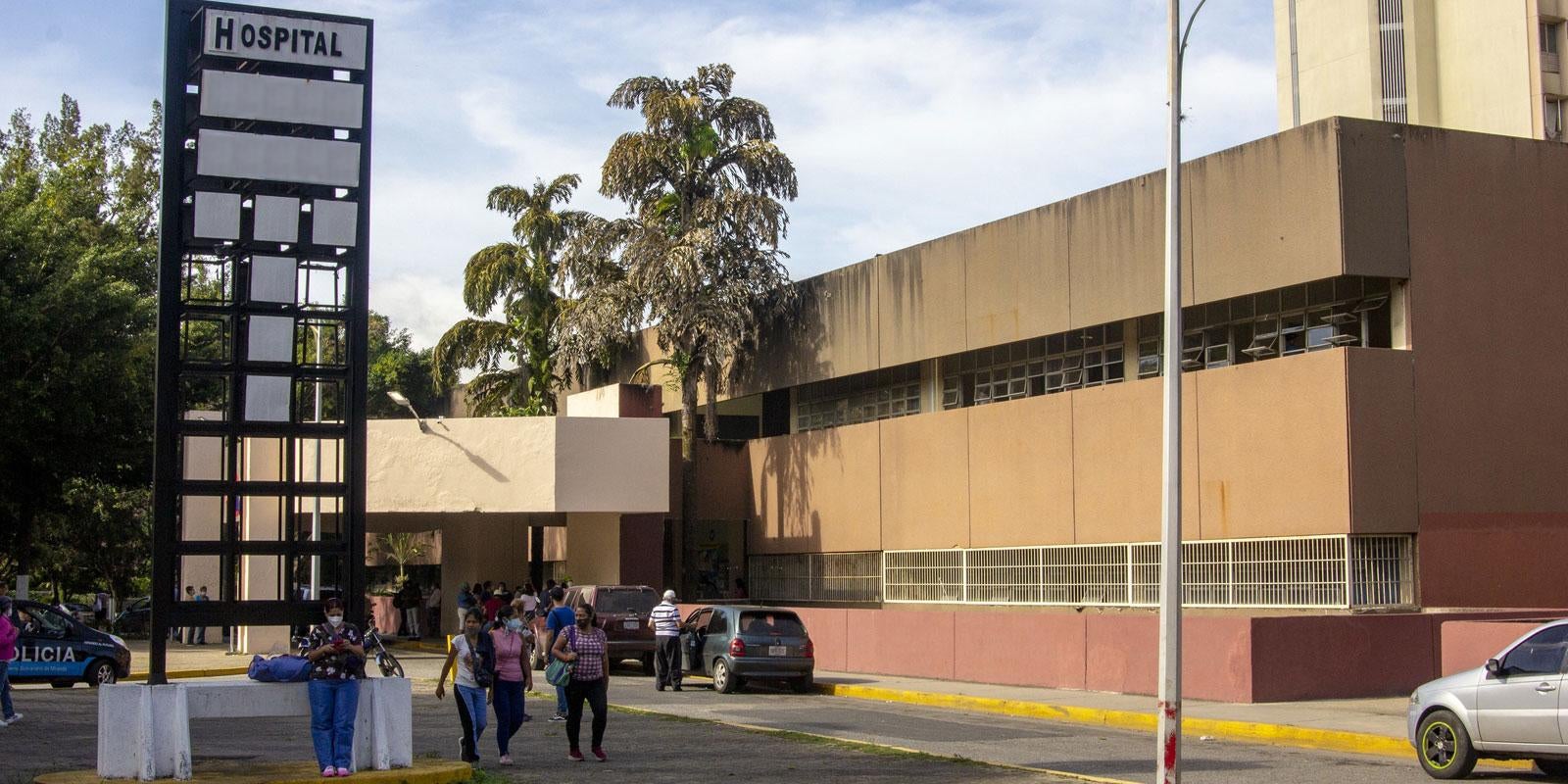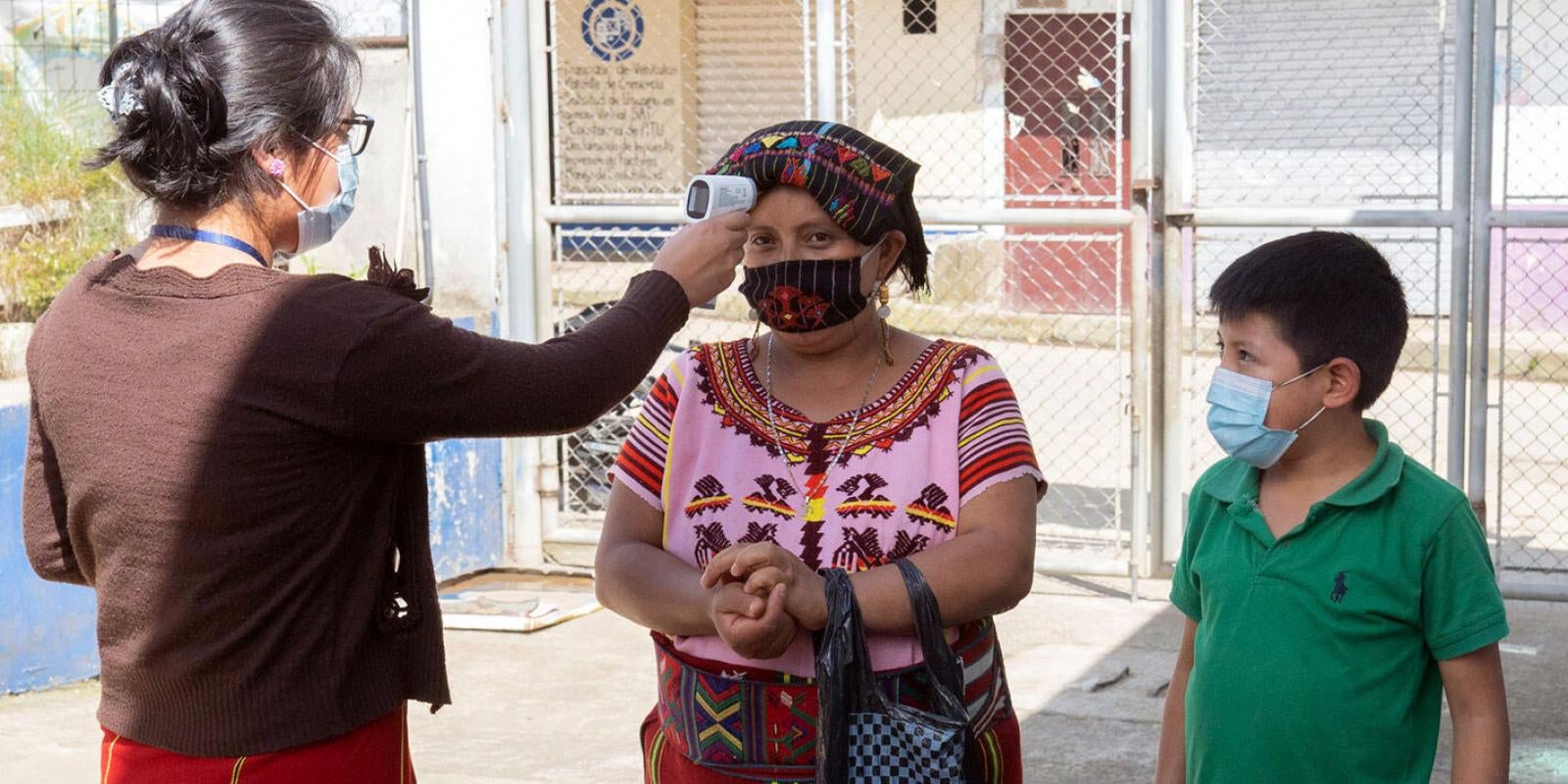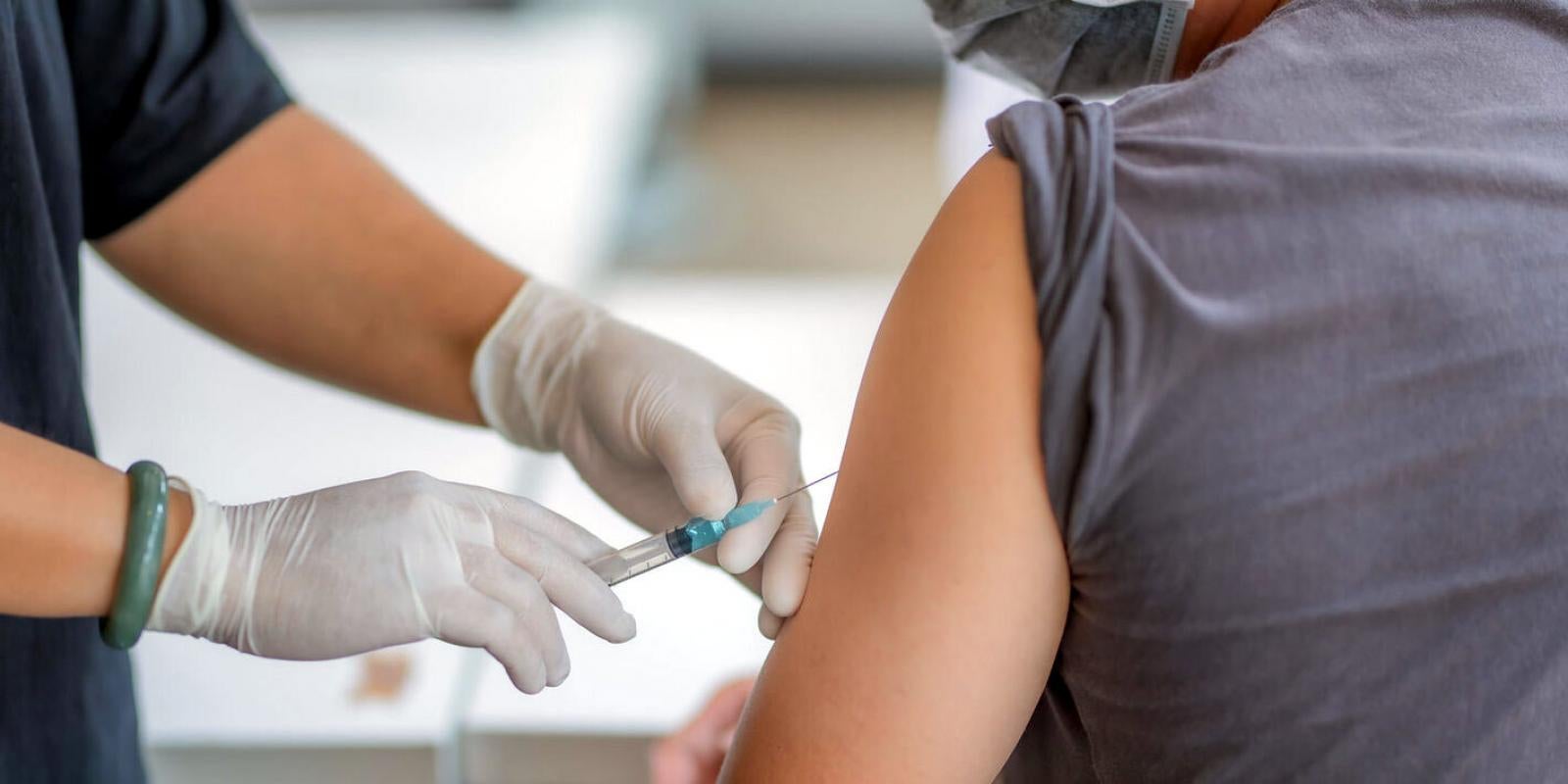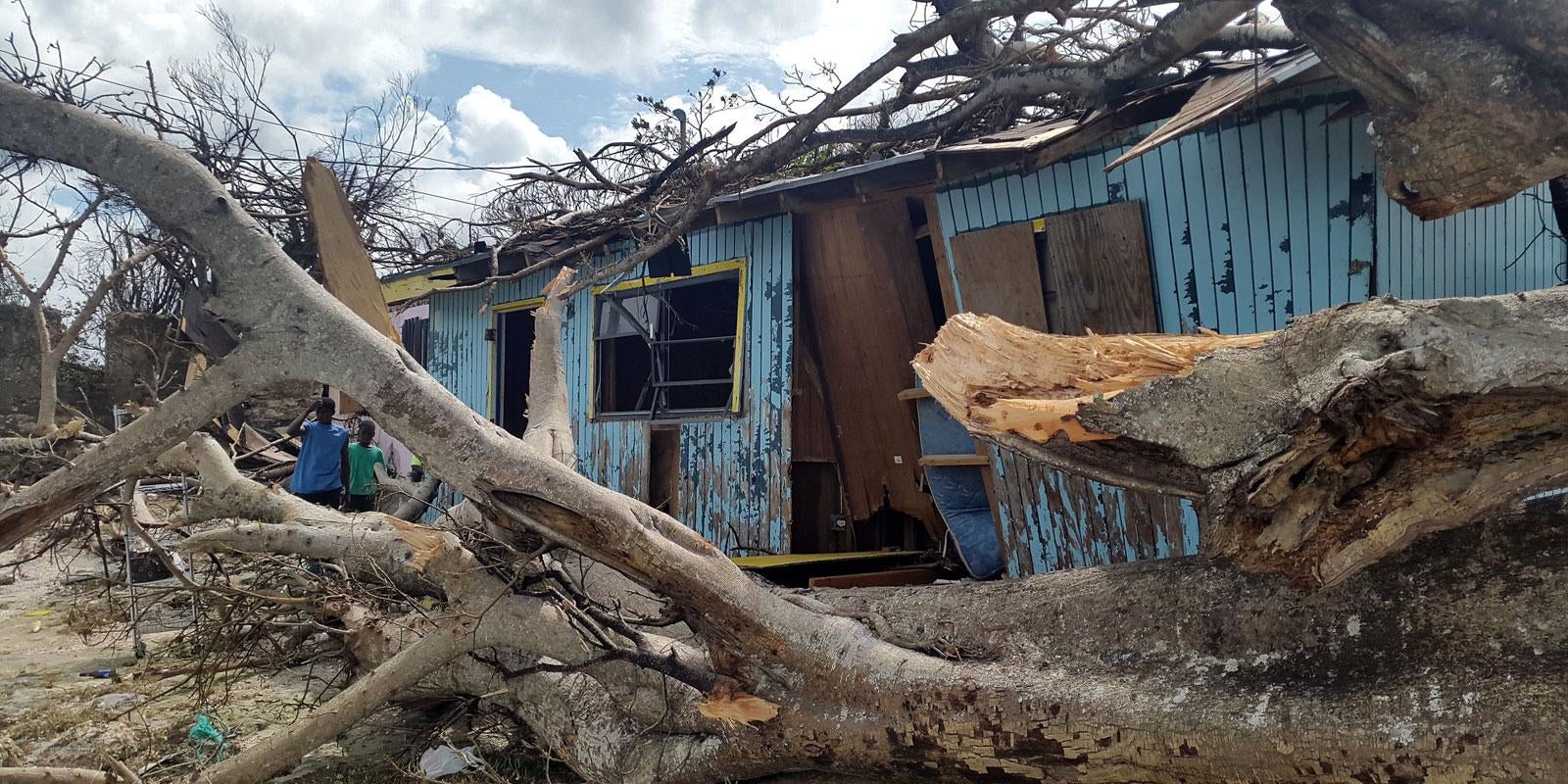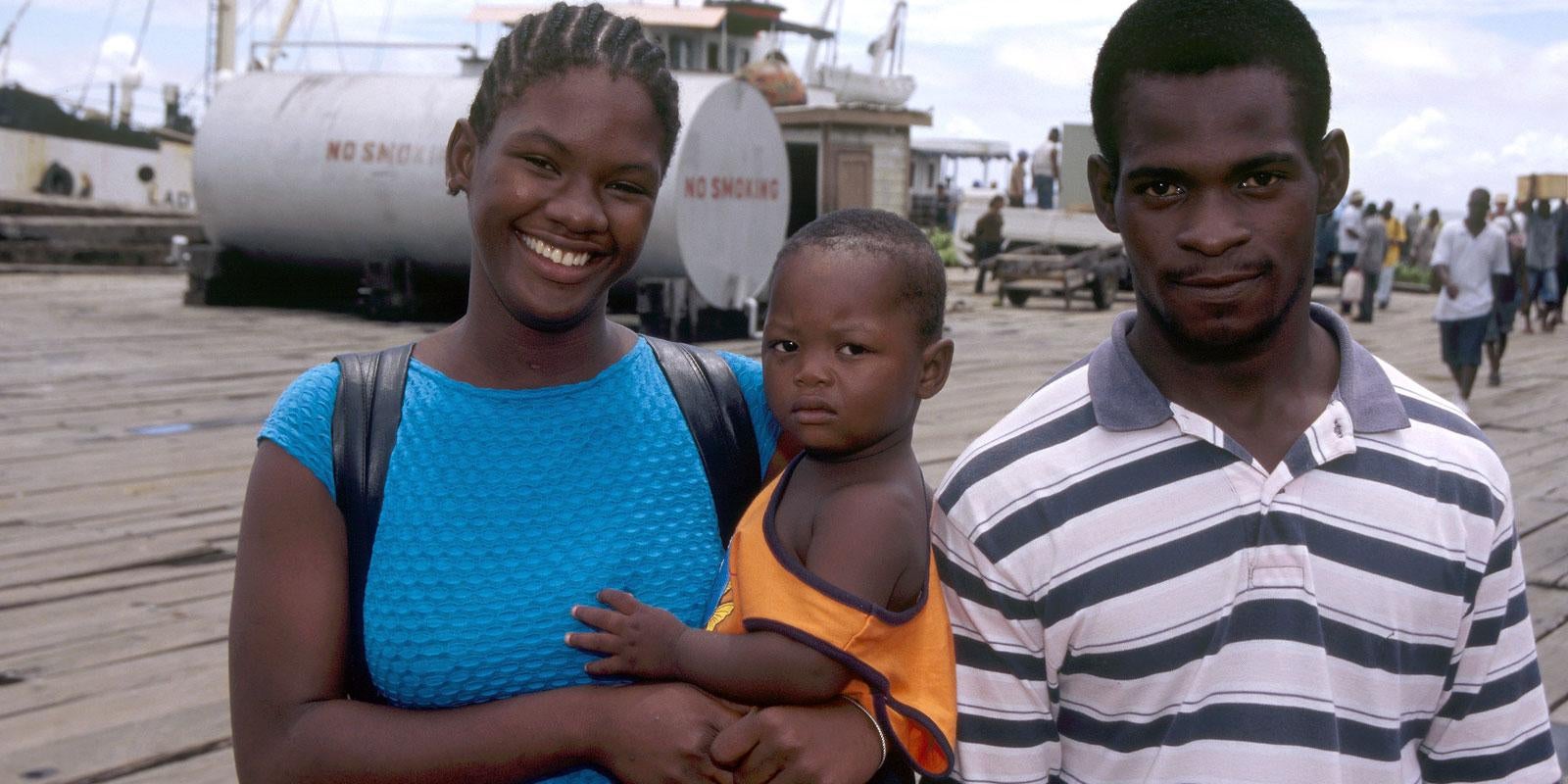In recent years, countries in the Region of the Americas have experienced significant improvements in health outcomes, including decreases in potentially avoidable premature deaths. While there has been a decrease in inequality regarding the distribution of avoidable mortality in the Region, profound social inequalities in health persist with regard to reducing avoidable premature deaths. Between 2000 and 2019, the cross-country distribution of potentially avoidable premature deaths revealed unfair, unnecessary, and avoidable inequalities, disproportionately concentrated in the most disadvantaged countries. Countries with the least sustainable development (i.e., the most socially disadvantaged) have potentially avoidable premature mortality rates that are twice as high as those of the most developed countries. This inequality amounts to an excess of about 189 avoidable deaths per 100,000 population in the most socially disadvantaged countries. This means that investing more in the sustainable development of these countries can further reduce avoidable deaths.
Sustainable Development Index (SDIx) Methodology
The Sustainable Development Index (SDIx) is a summary measure of sustainable development that captures its three defined dimensions through three well-known and robust proxy indicators: gross domestic product per capita in deflated and purchasing power-adjusted international dollars (economic dimension, related to SDG target 10.1), mean years of schooling attained by those aged 25 to 29 years (social dimension, related to SDG target 4.2), and access coverage, at least basic, to sanitation services (environmental dimension, related to SDG target 6.2). The SDIx is a composite metric computed as the equally-weighted geometric mean of the three proxy indicators’ normalized indexes. The SDIx has been established by PAHO to be used as a standard equity stratifier for the analytical exploration of SDG 3-related health inequalities, as well as to create accountability on the promise to leaving no one behind in the 2030 Agenda for Sustainable Development.
Change in country, age-adjusted mortality rates for avoidable, preventable, and treatable mortality grouped by quintiles according to the Sustainable Development Index (SDI) value for each country in the Region of the Americas, 2000, 2009, and 2019
This visualization creates the opportunity to compare age-adjusted mortality rates in countries in the Region of the Americas in 2019 by quintile according to the Sustainable Development Index. Measures can be explored by avoidable premature deaths as a whole or broken down into preventable or treatable. The visualization shows the change in those measures in these countries across two decades using data from the years 2000, 2009, and 2019.


